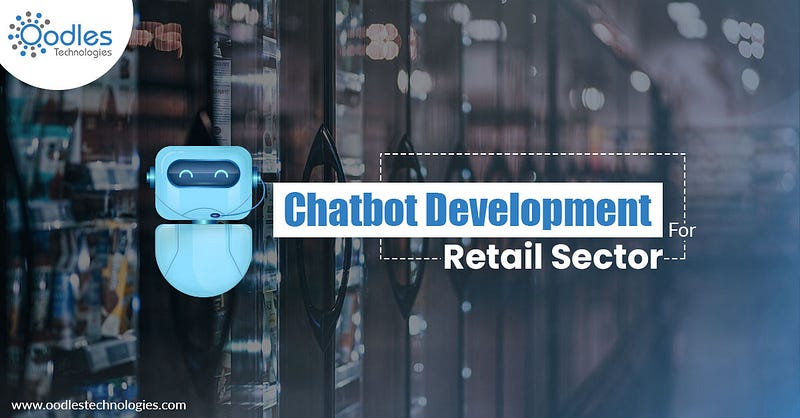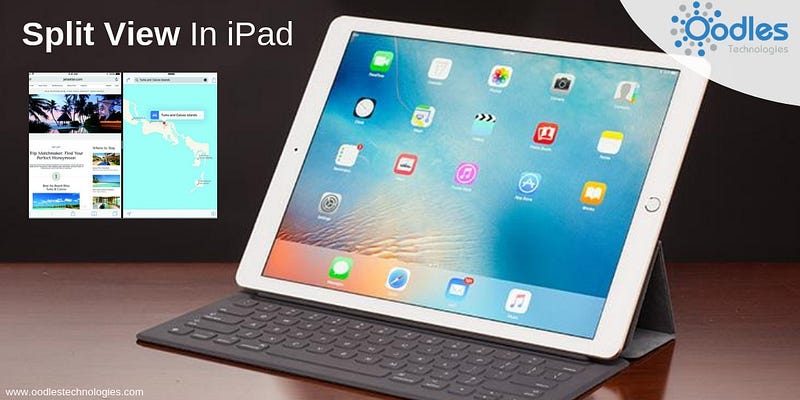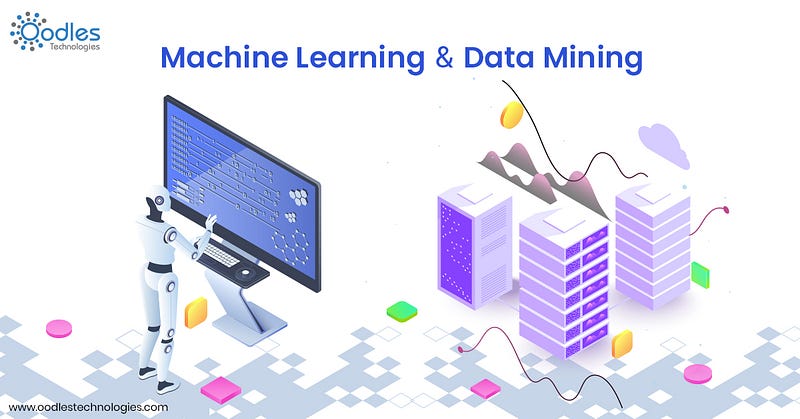The blockchain technology is becoming ubiquitous by playing a significant role in process efficiency, time reduction, and cost-effectiveness, where the end game is “all good” for the consumer.
Blockchain has every potential to lower the cost for banks and the consumers as well with its adoption for reconciliation. Let us see what promise the blockchain holds in banking reconciliation.
The Blockchain is being adopted as a strategic initiative in almost all industrial sectors today. It is the much appreciated and alluring technology of the day. Evidently, the key players are exploring the technology for several operations across their industries in order to increase efficiency, reduce the time and investment cost.
Banking is one sector, where blockchain technology could be explored and offers a promising data management and sharing by keenly addressing the inter-entity reconciliation and consolidation challenges.
A bank reconciliation refers to the process of matching the accounting records of an entity to the corresponding records on the bank statement. It has to be completed on a regular basis so that the accounting records are appropriate.
However, the large banking groups spread across the globe find this task extremely challenging as it involves sharing of cost for common services, multiple currencies, service fees, allocation of tax, dividends, and, etc., apart from routine transactions.
Some of the complex activities involved in maintaining the records have been briefed below.
Challenges of Inter-entity Reconciliation:
Limited Visibility:
The entities are distributed over the geographical locations, possess varied and isolated accounts. This limits the visibility of the transactions at the enterprise level.
System-level Variation:
The banking groups include takeovers, mergers, or the acquisition. And, also the group entities use varied accounting systems. This obviously curtails the common accounting process.
Level of Accuracy:
The process involved in different groups may be manual, semi-manual, or system-based which are error-prone and time-consuming. Assurance of accuracy and timeliness is a challenge.
Transaction Volume:
The transactions are voluminous and multidimensional leading to complexity in record maintenance. It is difficult to record all of them within the stipulated time frame.
Accumulated data:
When data gets accumulated, it may lead to errors in accounting, duplicate entries, cancellation charges, foreign exchange, transfer pricing, and, thus complicating the situation.
Thus, the banks are already exploring ways for a common and standardized reconciliation process to perform activities in-sync and real time.
Effective management of the reconciliation process enable the banks to foresee the errors and curtail mismatches. The banking enterprises are creating centralized reconciliation teams or outsourcing them to the third-party service providers. Though this seems to be a solution, it may not work in the long run.
As anticipated, here comes the role of the blockchain.
The workgroup, composed of the participating banks and ABI Lab, is using R3's blockchain-based Corda platform to bring more visibility to the exchange of interbank transactions, verifying the matching of correspondent accounts and highlighting discrepancies for automated remediation”.
The robust mechanism involved in blockchain minimizes the bank personnel involvement and they can devote their time to core business activities, and bring value to the overall business.
How Blockchain Makes Banking Reconciliation Easier?
- The inherent distributed ledger feature maintains the entries easily.
- The commonly distributed ledgers available in real time eliminates mismatches.
- It distributes the financial info to all the participants during remittance.
- The participating entity can download and match the payment info with the info from the bank.
- Use of digital signatures helps for auditing process and is also secure.
- Blockchain delivers the APIs for integration with the accounting systems.
- The APIs could be integrated with branch-level accounting systems or as a standalone app.
- A] The branch-level API records, approves and query the accounting entry.
- B] Group-level API queries the unapproved accounting entries.
- Another plausible approach is the encrypted ethereum based solution for each of the entities.
The Final Thought:
Kharim Lakhani, a Harvard Business School professor, said in an interview with HBR IdeaCast, hacking blockchain requires a “James Bond-level villain”.
And, of course, James Bond-level villain is hard to get. Henceforth, your blockchain dependent banking reconciliation process is secure and safe.
Though proof of concepts [poc] is needed, blockchain-based solutions are as promising in reality as they are projected.
Reconciliation process when integrated with blockchain accelerates the process of financial close accurately every month and strengthens the defense by detecting the fraud at an earlier stage and foresee the errors.
Thus, blockchain maintains the integrity of the balance sheet.








